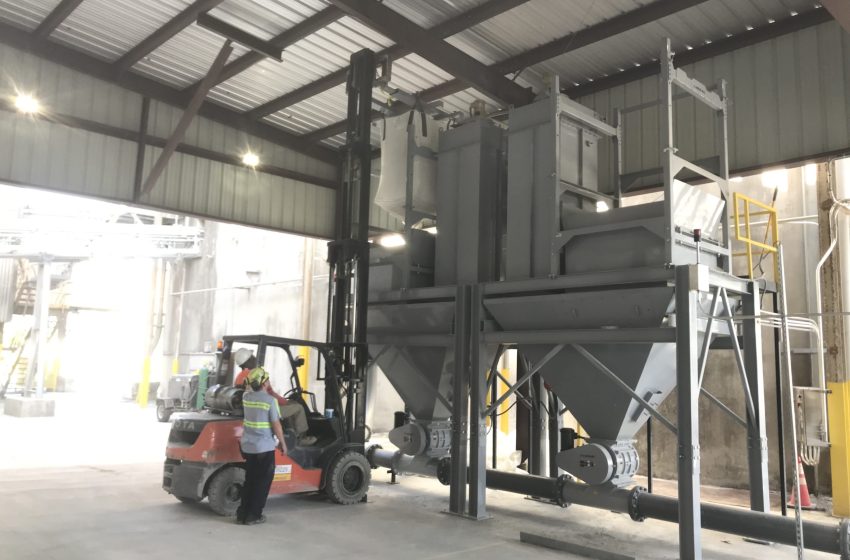Handling an industrial area is a complex job. The head of the industrial unit has to ponder upon different situations. Many functions of the industries are handled collectively. The industries take the help of power handling systems and pneumatic conveying equipment. The movement of materials, hard or soft, is a constant process in any manufacturing firm. These systems make the work hassle-free.
Power handling systems look after the wellness of machines in your firm, while Pneumatic Conveying Equipment helps with the smooth movement of granules from one place to another. It has entry and exit points. Materials are injected to one point and retrieved from another point. The gas influx helps to provide force for the movement of material.
The pressure difference in pipes helps with the movement. The coarse or fine materials can be moved from one place to another. Piping is the link between the endpoints.
With the help of these conveyors, dried and powdered materials are shifted. So it is mostly used in the food and beverage industries. Chemicals and detergents industries also use them very efficiently. They are divided into the lean phase and dense phase.

The pneumatic system includes:
- Entry point
- Piping
- Receiving point
- Device for gas flow
What are the advantages of the pneumatic system?
- They are more flexible than mechanical transport systems.
- They can run in vertical and horizontal ways.
- They can run comparatively longer distances.
- The system is closed; thus, dust is absent outside the equipment.
- Protection from contaminants of the outside environment.
- Maintenance of controlled atmosphere for the materials moving inside.
- Take up less space for installation
- They are also mobile.
- The striking presence of multiple entries and discharge points as per need.
There are some disadvantages too with this equipment. They are less effective in terms of larger particles. Larger-density materials can cause challenges in these conveyors. They need to have an extensive dust collection system in the equipment. The movement of the higher volume of materials is challenging.
When you install this system, you should consider a few things like particle size, air humidity, angles of slip, and repose. Temperature, concentration, system distance, hardness, and density should also be considered.
Installation of these conveyors is complex. Professional installation is advised to avoid any loss. It is a costly affair too. So one needs to be extra careful while installing.







